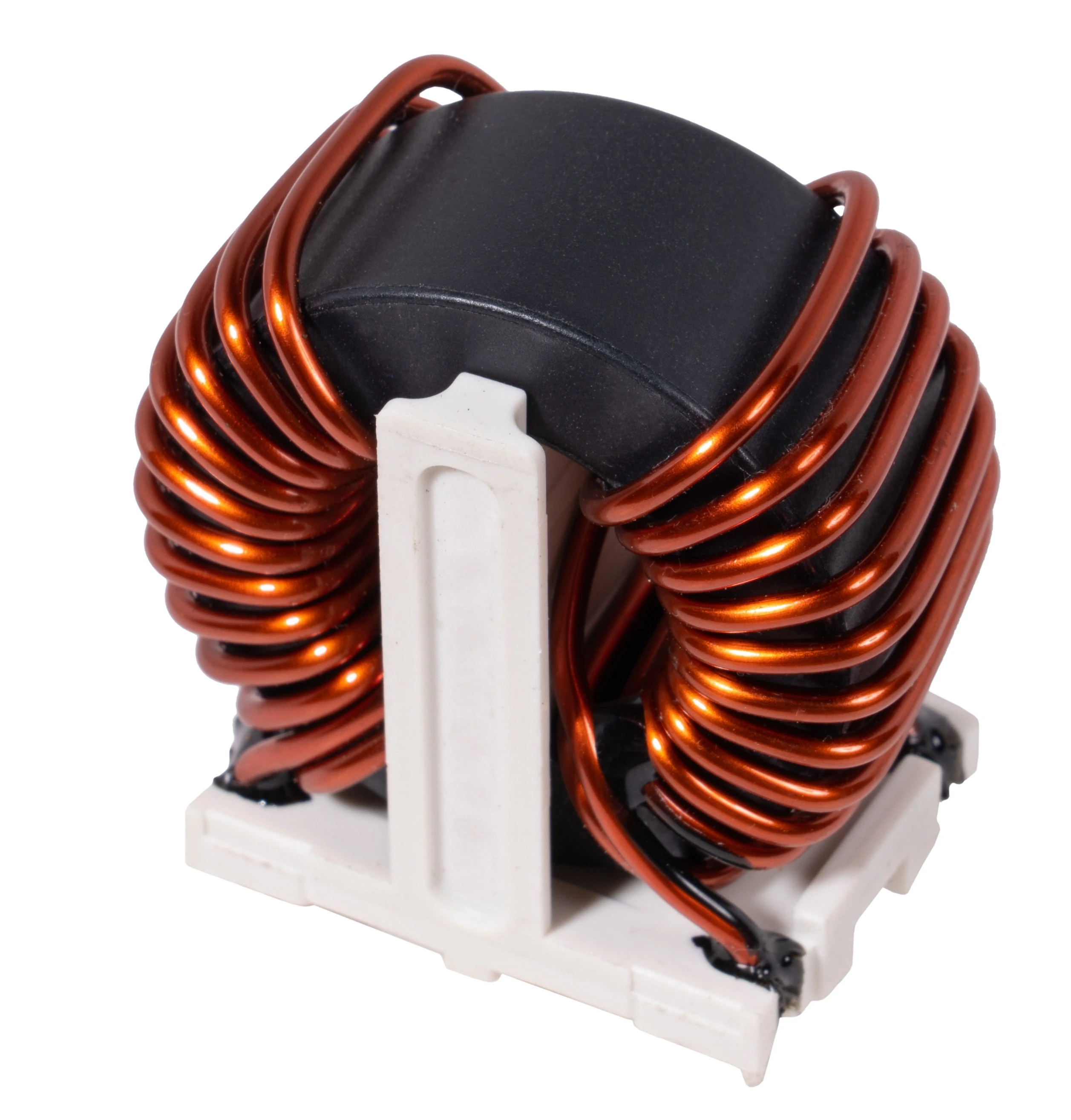Designing an electrical circuit presents challenges due to the complexity of its components, which require careful analysis and selection to achieve optimal performance. Among these components, inductors play a critical role by facilitating the conversion and storage of electrical energy across different operating modes within a circuit. An inductor consists of a coil and a core, with the core typically made of materials like iron or other ferromagnetic substances, such as steel. Selecting the appropriate core material is essential for ensuring the circuit functions effectively. This guide provides insights into choosing between ferrite and iron core inductors for your specific application.
Ferrite core inductors utilize a core made from magnetic materials, such as powdered iron oxide, which offers high magnetic permeability and electrical resistivity. These inductors are available in two types: soft ferrites, which can reverse polarity without external energy, and hard ferrites, which function as permanent magnets and resist polarity changes. The unique properties of ferrite cores make them suitable for specific applications, particularly where high-frequency performance and compact designs are priorities.
Iron core inductors serve a vital function in power supplies by reducing ripple caused by variable current consumption in the load. They are commonly used in transformers to step up alternating current (AC) during frequency changes. Without an iron core, a counter electromotive force would be induced with each AC cycle, limiting the circuit to using only half of each cycle. By restricting changes in the magnetic field to one direction per cycle, iron core inductors minimize energy loss in the form of electromotive force, enabling the circuit to utilize the full AC cycle efficiently.
The distinctions between ferrite and iron core inductors are significant and influence their suitability for different applications. Iron core inductors are ideal when high power or greater current-carrying capacity is required, as their energy-handling capacity remains stable even as magnetic flux density increases with rising load currents. In contrast, the energy-handling capacity of ferrite core inductors decreases under similar conditions. At zero frequency, iron core inductors deliver the highest current, enabling greater energy transfer, though this may come at the cost of a lower Q factor. Ferrite core inductors, however, exhibit a lower current at zero frequency but offer a higher Q factor at elevated frequencies, making them less efficient for energy transfer but more effective in high-frequency applications.
At high frequencies, iron core inductors experience significant magnetic losses and are prone to saturation, whereas ferrite core inductors demonstrate lower losses and greater resistance to saturation. This makes ferrite cores ideal for compact, lightweight designs, while iron core inductors are better suited for applications prioritizing magnetic field strength. Consequently, ferrite inductors are commonly used in RF filters, high-frequency inductors, and power supplies operating at high frequencies, while iron core inductors are preferred for power transformers, audio equipment, and low-frequency applications where inductance and current capacity are critical.
Selecting between ferrite and iron core inductors depends on the specific requirements of your application, as neither is universally superior. Key considerations include the operating frequency of the circuit, with ferrite core inductors being better suited for high-frequency applications and iron core inductors for low-frequency ones. Size and weight constraints also play a role; ferrite core inductors are preferable for compact or lightweight designs. Efficiency is another factor, as ferrite cores generally experience fewer losses, making them more efficient in certain contexts. By evaluating these factors, you can determine which inductor type aligns best with your circuit's needs.
Ultimately, the decision to use ferrite or iron core inductors hinges on the unique demands of your application. This guide outlines the key considerations for selecting between these inductor types based on frequency, size, weight, and efficiency requirements. For those seeking high-quality inductors, partnering with a reliable manufacturer like BST Sensor ensures access to precision-engineered components. Contact their experienced team to discuss your specific needs and explore custom solutions tailored to your application.
